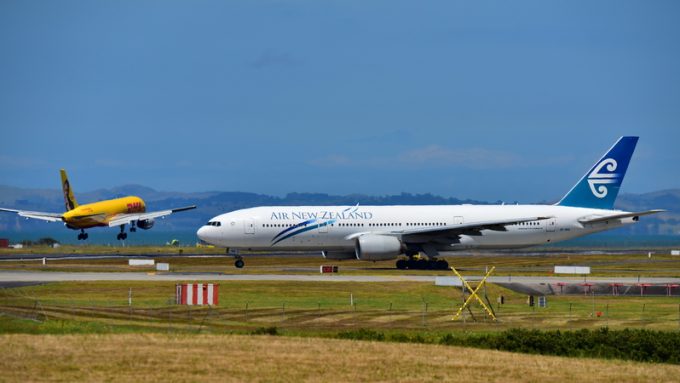Latam forwarders call on carriers to boost capacity so exports can flow
South American forwarders are becoming increasingly concerned about a looming ocean capacity crunch as the ...

Forwarders in New Zealand are dealing with the “worst-ever” peak season for air cargo capacity.
Strict Covid policies have seen the country’s borders closed to nearly all travellers since March 2020, with the lack of a re-opening plan exasperating the aviation industry.
For example, the Board of Airline Representatives New Zealand said last week: “New Zealand continues to lose vital air links ,due to the uncertainty over the border, putting more pressure on our supply chain. Once aircraft are redeployed to profitable ...
USTR fees will lead to 'complete destabilisation' of container shipping alliances
Outlook for container shipping 'more uncertain now than at the onset of Covid'
Flexport lawsuit an 'undifferentiated mass of gibberish', claims Freightmate
Shippers warned: don't under-value US exports to avoid tariffs – 'CBP will catch you'
Cancelled voyages take the sting out of spot rate declines this week
New Houthi warning to shipping as rebel group targets specific companies


Comment on this article